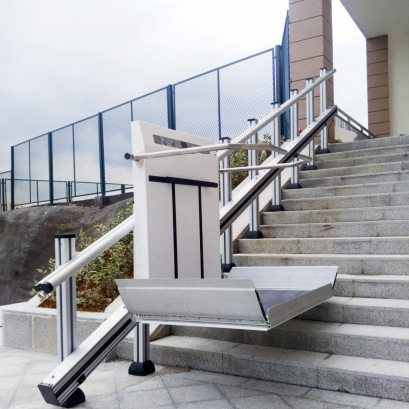
Inclined wheelchair lifts are an important accessibility feature for individuals with mobility challenges. These lifts are designed to safely transport wheelchairs and their occupants up and down stairs or inclines, providing freedom and independence to those with limited mobility.
Inclined wheelchair lifts are typically equipped with safety sensors that detect obstructions in the path of the lift. These sensors can detect objects or individuals in the way of the lift and automatically stop the lift to prevent accidents.
In the event of an emergency or malfunction, inclined wheelchair lifts are equipped with an emergency stop button that allows users to quickly and easily stop the lift. This feature provides added safety and control for users in case of unexpected incidents.
Inclined wheelchair lifts are designed to carry a specific weight capacity, and exceeding this capacity can be dangerous. To prevent overloading, inclined wheelchair lifts are equipped with overload protection features that automatically stop the lift if it detects excess weight.
To ensure the safety of wheelchair users during transportation, inclined wheelchair lifts are often equipped with safety harnesses or seatbelts. These restraints secure the user in place during the lift operation, reducing the risk of falls or accidents.
The platform of inclined wheelchair lifts is typically designed with a non-slip surface to provide traction and stability for wheelchair users. This feature helps prevent slips and falls during entry, exit, and transport on the lift.
